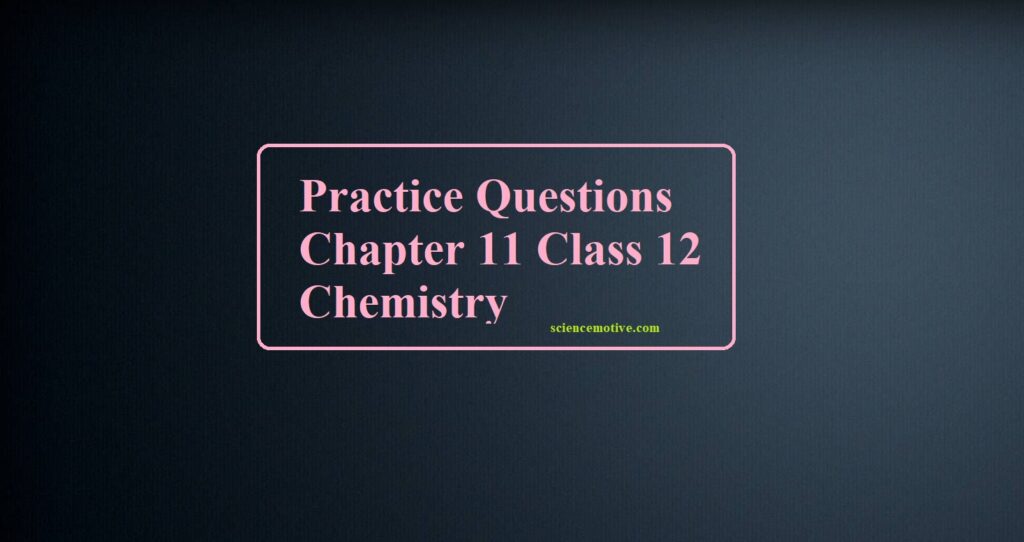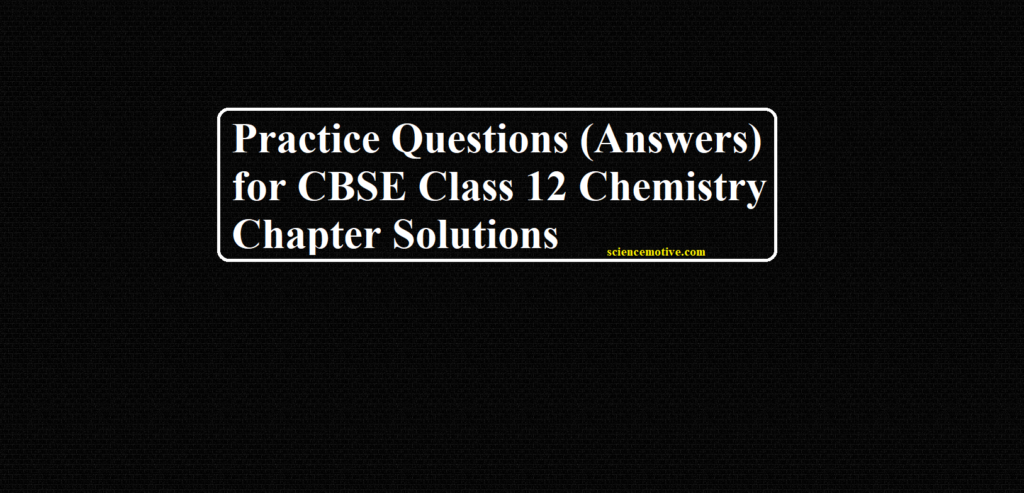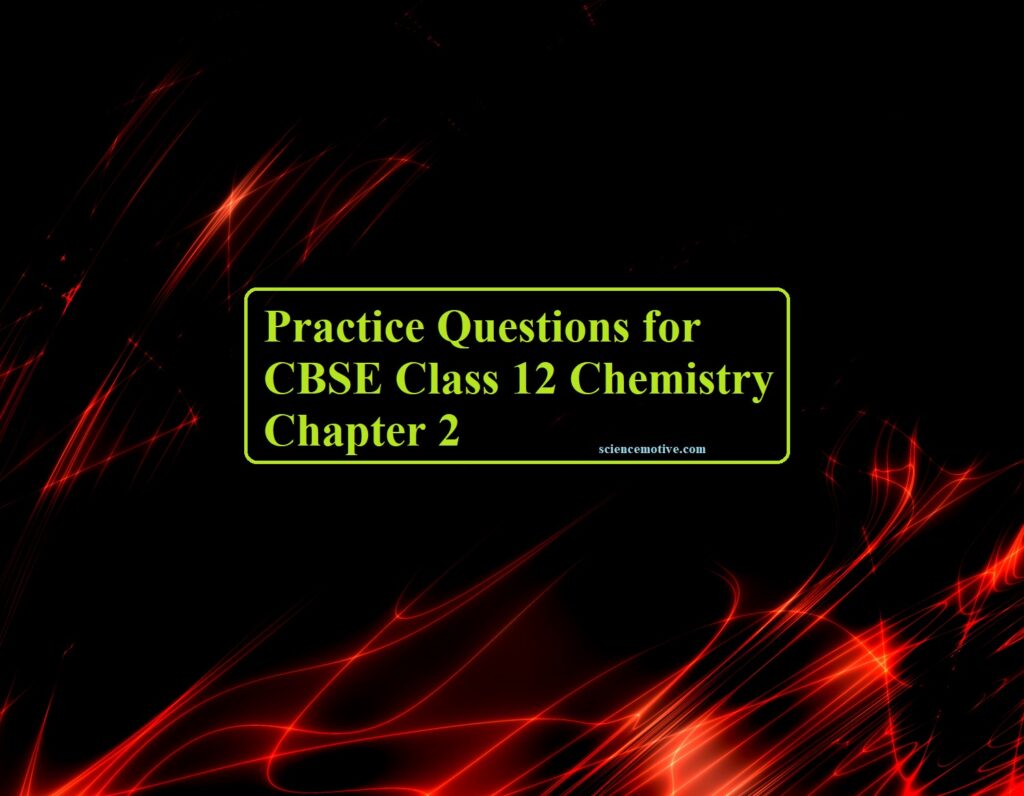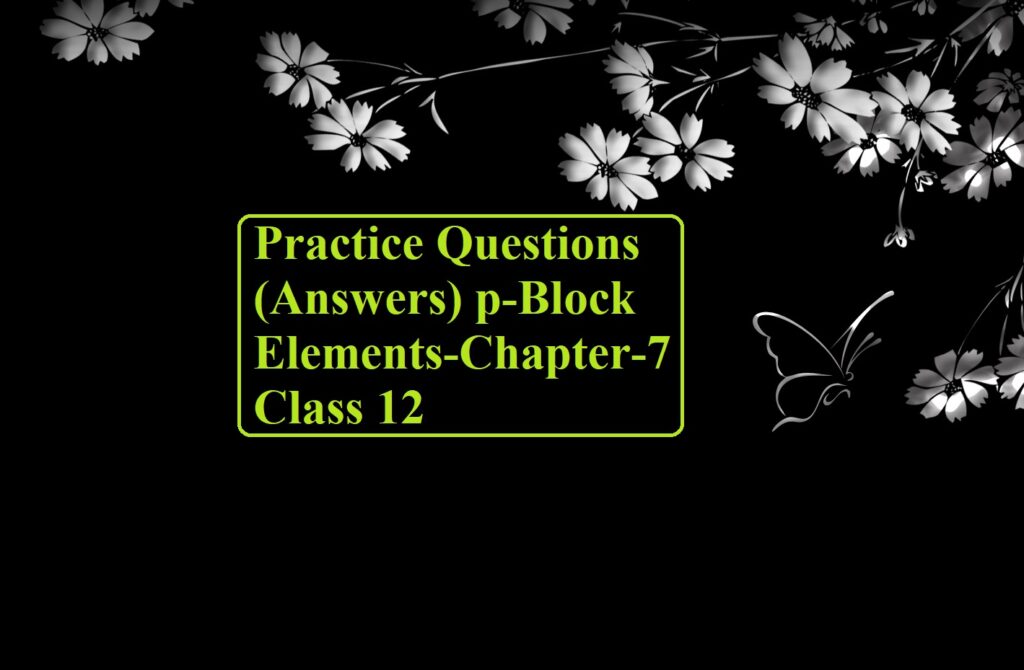Practice Questions Chapter 11 Class 12 Chemistry
Practice Questions Chapter 11 Class 12 Chemistry
1. Why ethers are more volatile?
2. Phenol is more reactive towards electrophilic substitution than methoxybenzene, explain
3. Phenols are more acidic than alcohol. Explain.
4. Phenols do not react with NaHCO3 while nitrophenols react, why?
5. How 1°, 2°, 3° alcohols can be distinguished?
6. What is Reimer- Tieman reaction? Why does this reaction yields ortho isomer as a major product?
7. Write a note on Kolbe’s reaction.
8. How phenol can be converted into benzene?
9. Write the products of the given reaction?
10. Write Friedel-Craft reactions for phenol.
11. How phenols can be distinguished from alcohols?
12. Write the scheme to produce anisole by Williamson synthesis
13. Write all the steps involved in the preparation of phenol from ethyne.
14. Show that –OCH3 is an electron-donating group with the help of resonance
15. Write the reaction of Williamson’s synthesis of 2-ethoxy-3-methyl pentane starting from ethanol and 3-methyl pentan-2-ol.
16. How will you convert?
(i) Phenol to 4-bromophenol
(ii) Phenol to 2-acetoxy benzoic acid
17. Arrange the following compounds in increasing order of the acid strength. Propane-1-ol, 2,4, 6-trinitrophenol 3-nitrophenol, 3-5 dinitrophenol, 4-methyl phenol
18. Give equations of the following reactions.
(i) Oxidation of propan – 1 – ol with alkaline KMnO4, solution.
(ii) Bromine is CS2 with phenol
(iii) Dilute HNO3 with phenol.
(iv) Treating phenol with chloroform in the presence of aqueous NaOH
19. An organic compound ‘A’ molecule formula C3H6 on the treatment with aqueous H2SO4 gives ‘B’ which on treatment with HCl/ZnCl2 gives ‘C’. Compound C on treatment with ethanolic KOH gives back the compound ‘A’. Identify the compound A, B, C.
20. (i) How will you convert phenol to benzoic acid?
(ii) An organic compound A having molecular formula C6H6O gives a characteristic colour with aqueous FeCl3 solution A on treatment with CO2 and NaOH at 400 K under pressure gives B which on acidification gives a compound C. The compound C reacts with acetyl chloride to give D which is a popular pain killer. Deduce the structure of A, B, C, and D.
21. One day in the chemistry laboratory some of the mischievous students removed the label of the bottle containing methanol and diethyl ether. Drishti an obedient student informed the teacher about this?
(i) Write the value shown by Drishti.
(ii) Rahul performed the task to distinguish between methanol and dimethyl ether. How would she perform this test?
22. How is 1-propoxypropane synthesized from propan-1-ol? Write the mechanism of this reaction?
23. Give the equations of reactions for the preparation of phenol from cumene.
24. Why is o – nitrophenol more acidic than o – methoxyphenol?
25. Explain why phenols do not undergo substitution of -OH group like alcohols.
Practice Questions Chapter 11 Class 12 Chemistry
To get answers click Practice Questions (Answers) Chapter 11 Class 12 Chemistry




